

Innovation methodology
A guide to overcoming uncertainty impacting your product or service
– By Arpy Dragffy
The 2020’s have been like riding a rollercoaster blindfolded. For every exhilarating moment, there are more moments where you’re just desperate to get off the ride. It’s made it hard to plan or even make sense of what direction to go in. And the current turmoil in the markets has made it worse.
For businesses and employees alike, uncertainty leads to inaction. It also results in workplace cultures that are afraid of change. Fear of change is natural and while there are ways to shift it, it leads to missed opportunities in times of uncertainty. Times of economic downturns and times of market upheaval are exactly when new startup journeys begin. It is because transformative ideas often spring up in the face of uncertainty because we’re motivated to think bigger.
The irony is that thinking bigger and challenging uncertainty can help us whether or not there are massive headwinds. And there are tools to make the impossible feel completely achievable. These tools can help you whether it seems like the financial markets are upside down or on any normal day when you just don’t know where to start on a big challenge.
We’ve put together tools to help businesses and employees use lean research and rapid prototyping methods to unpack the known and begin exploring new possibilities. These methods come from our team at PH1’s work with large organizations and startups tackling strategic problems related to products and services.
1. Turn uncertainty into a business case
The first step is aligning the team’s high-value business outcomes. While your circumstances may be unique, almost every unknown ladders up to a set of business challenges faced by almost every organization. The sooner you can align to one of these, the easier it will be to make a business case that aligns stakeholders towards a solution.
Ask yourself: How does our business gain in the future if we can solve this today?
Map those future scenarios: In a scenario with a 10% feasibility, what is the net gain? And what about in the scenario with a 50% feasibility?
Build a business case and find allies: Who benefits from solving this? Who has already invested into this?
2. Pinpoint the key moments of truth that define the uncertainty
Once you’ve formed some partnerships and formalized where you want to get to, it’s time for problem discovery. Every problem, no matter how big or systemic it seems, is dependent upon a handful of key interactions. Key moments of truth is a concept from customer service that identifies the most impactful moments in a customer experience that can most positively or negatively sway perceptions.
Key moments of truth can be used as an auditing tool to examine a complex system and pinpoint where to focus. They might be issues in the current state or desired interaction in the future state of your product or service. Identifying and prioritizing these enable you to begin scoping the work to be done and determine dependencies for success.
3. Use lean research to investigate future states
Research can be a blunt weapon when wielded ineffectively. Far too often organizations rely on industry studies or analytics, none of which tell you what your users actually need in particular situations. That’s why we’re advocates for lean research, an approach that trims the fat from market research by being ultra-focused on actionable outcomes.
When working on projects steeped in uncertainty, the ROI from research activities must be high. To achieve this we recommend structuring around core, strategic questions:
To determine which future state to focus on, what are the most influential value drivers?
To assess the feasibility of the future state, which unknowns must be investigated?
To evaluate the desirability of the future state, who should be the priority audience?
To prove the business case for the future state, what needs to be validated?
4. Use innovation sprints to find the best path forward
When research is conducted strategically, it defines opportunity areas and refines ideas. It however will not tell you what to build and invest in. Business leaders, employees, and customers all bring biases about technology and innovation that can misdirect efforts.
Complex, ambiguous problem spaces require an approach that cuts through the biases and delivers results quickly and cost-effectively. You can’t afford to wait six-month cycles to build and test the best idea to come out of the research. More importantly, strategic research, when done properly, should not answer how to execute an idea, it should provide a vision, pillars, and desired outcomes.
Our team has created innovation sprints to bring together the best of sprints, design thinking, and service design. They enable you to rapidly go from idea to proof of concept by accelerating the pace of research, prototype, test, and learn cycles. They’re structured to meet the needs of leadership who need to build a business case.
Conclusion
This method is informed by our team’s work with Spotify, Mozilla, Braintrust, TELUS, The Weather Network, and others. This has included prioritizing improvements or exploring new ways of generating revenue.
Big, complex problems are opportunities to shift how leadership and customers think. This is even more true in times of broad, economic uncertainty when transformative ideas are needed to grow. Your team’s particular challenge may be able to build broad and influential partnerships by building a business case around organizational challenges. Within that challenge you’ll find key moments of truth —understanding them will enable you to prioritize your efforts and keep project costs down.
Using a lean research approach to investigate those key moments, plus future possibilities will further keep your project focused and effective. The outcome will be future scenarios for your service or product, each with varying levels of feasibility and desirability. Use innovation sprints to rapidly go from ideas about those future scenarios to a proof of concept.
Good luck exploring this method. Please send me any questions you may have arpy@ph1.ca.
View More Resources

A comprehensive trend analysis of feline blade fascination in the digital pet ecosystem
The Sharp Truth: Why Digital Cats Are Obsessed with Virtual Knives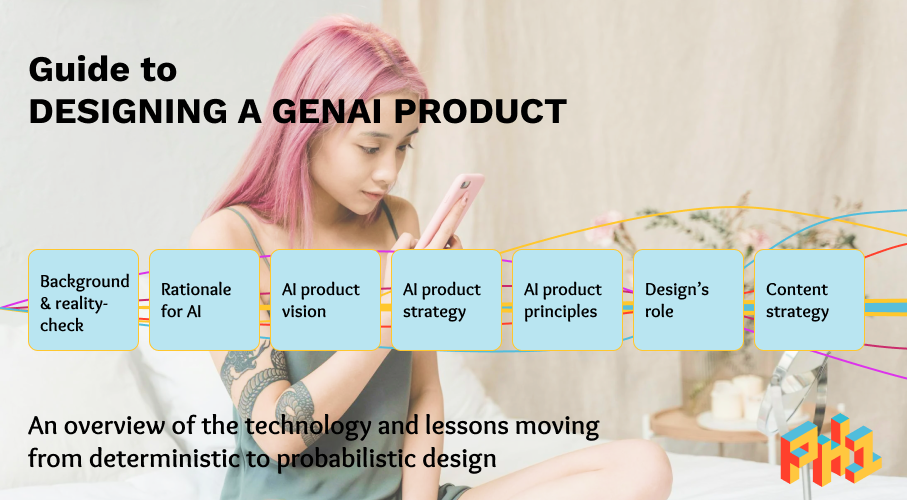
Strategy, AI, Design, Product
Guide to designing a GenAI product: From vision to content strategy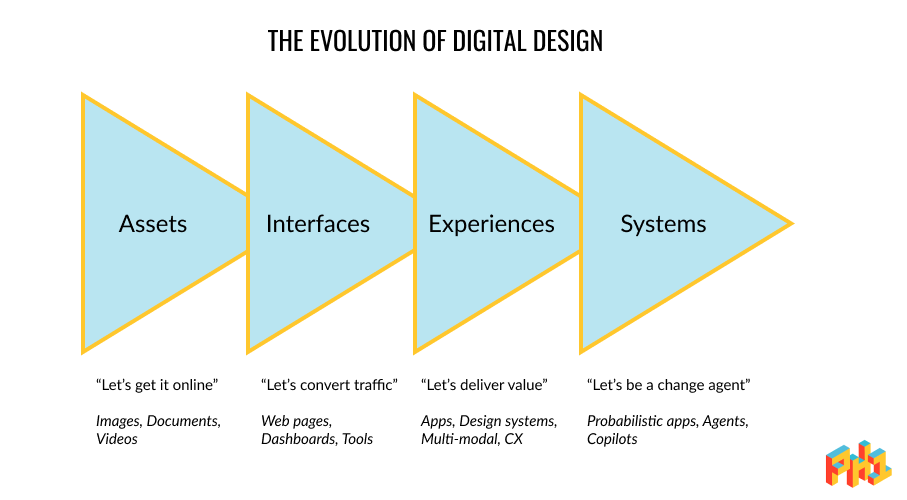
Strategy, AI, Design, Product
The end of UX? This is the start of the service design of AI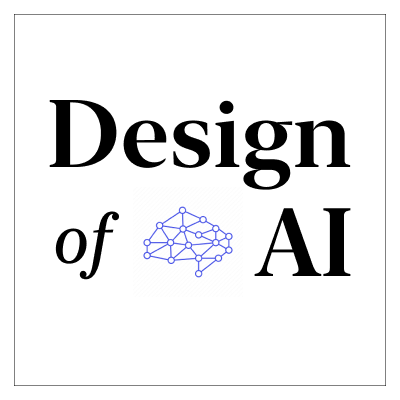
Strategy, AI, Design, Product
Build AI products that customers want | Design of AI podcast
Strategy, Methodology, Service Design
PH1 Research's Service Transformation Methodology
Strategy, Travel, Lessons
10 business lessons we learned travelling around the world
Trends, Strategy, Design
2016 Design trends: Do not fear the competition, no matter how big they are.
Trends, Innovation
Win Audiences in 2016: 6 Strategic Tips for Entrepreneurs and Business Leaders
Strategy, Gamification, Marketing
Guide to gamification: strategies to increase engagement and make your audience feel special
Tips
4 ways we helped entrepreneurs and business leaders around the world
Innovation, Strategy, Disruption
The disruption no one is talking about
Innovation, Assessment
Your business model will be disrupted if this describes your organization
AI, Innovation, Design Thinking
The key to solving problems and designing solutions that an AI can’t: Irrational behaviour
Innovation, Future-proofing
Thanks to Google, the end of the mobile app is near
Innovation, Engagement, Future
Forget VR — Mobile cameras are the greatest innovation your business must embrace
Travel, Tourism, Trends
Asia-Pacific travellers: about to transform the global tourism industry
Article, Innovation, Competition
It’s time to realize you’re already competing with Amazon, Google, Facebook, Apple
Not only is health care challenged by aging, so is the way of life of rural citizens
Japan and North America's Aging Problem that startups must address
CX, UX, Research
Innovating your organization begins by understanding your customer experience
CX, UX, Research
Becoming customer-centric: What most organizations get wrong
Research, Public Health, Strategy
Our personal views about health are changing the way we want to be engaged
CX, Toolkits
Becoming customer-centric: 3 toolkits to measure your Customer Experience
COVID-19, Resources, Research
PH1's research initiative to improve the CX of organisations impacted by COVID-19
BlackLivesMatter, Accessibility
Researchers can help end systemic racism that plagues products and services
Research, COVID-19, Lessons
3 lessons: Becoming an adaptive & resilient organization
Public health guide
Information Architecture for Public Health Organizations
Tips & lessons
Strategies for success: Usability testing & user research of government websites and public services
Tips & lessons
Recruit the right audience for your research: Social media recruitment
Methodology and Examples
Intro to Customer Experience
Tips & lessons
How to create customer journey maps & journey mapping tips
Outcome of our annual planning retreat
PH1 Research's 2022 Strategic Vision
Privacy Policy
PH1 Research Privacy & Data Security Policy
Methodology and Examples
Intro to Service Design
Methodology and Examples
Intro to Innovation Sprints
UX, strategy, human-centred design
UX needs to set the bar higher than usability
Innovation methodology
Turning Fandom into Revenue with Web3
About Us
Our Epic Annual Remote Retreat: Colombia Edition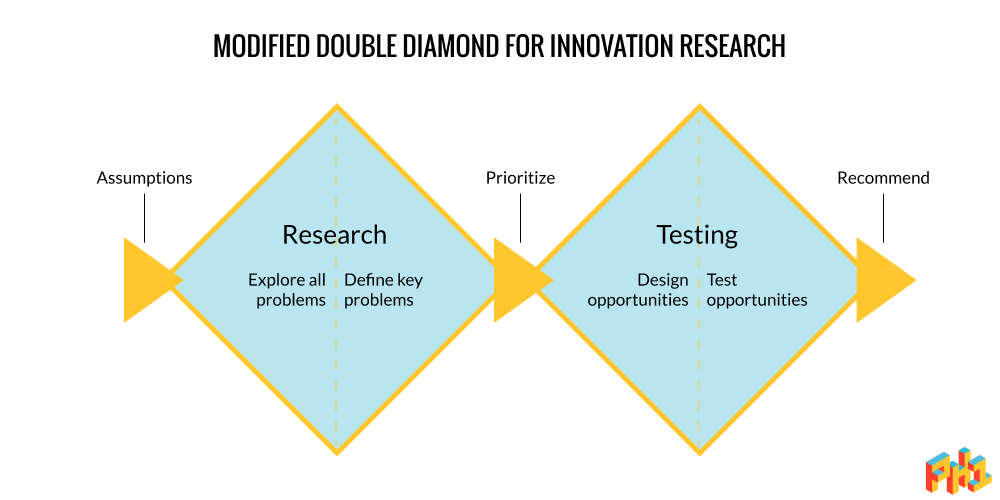
Innovation research guide
Guide to researching new products & testing concepts
Innovation methodology
A guide to overcoming uncertainty impacting your product or service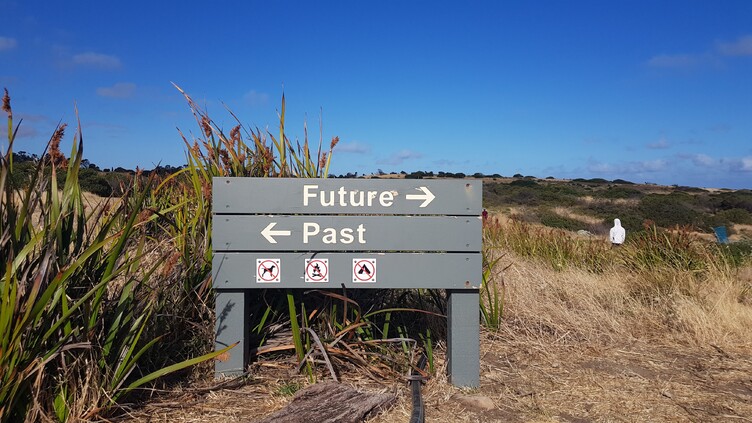
Innovation methodology
For More Impactful UX Strategy, Use Futures Thinking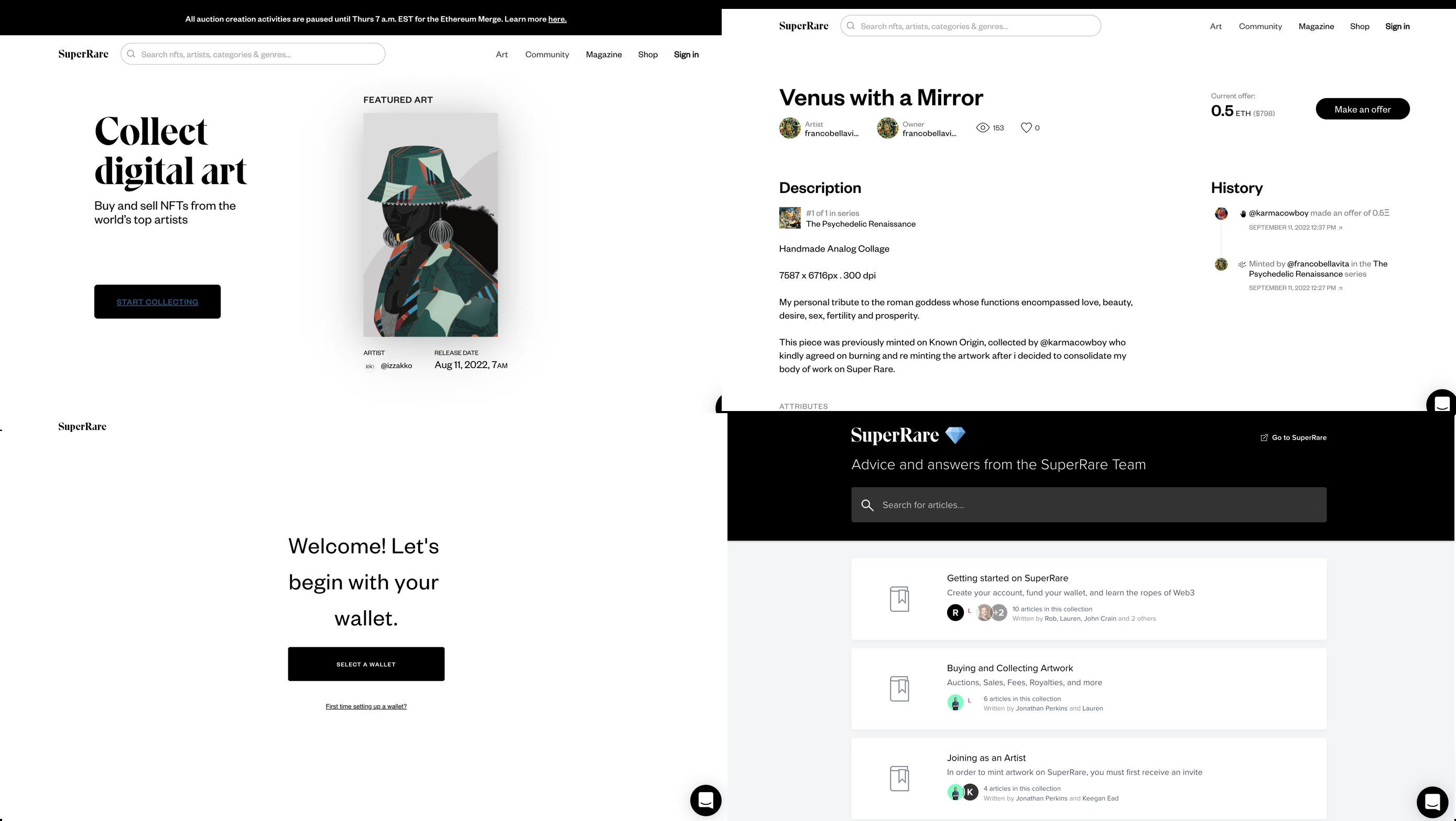
Audit & analysis
Web3 has a major UX problem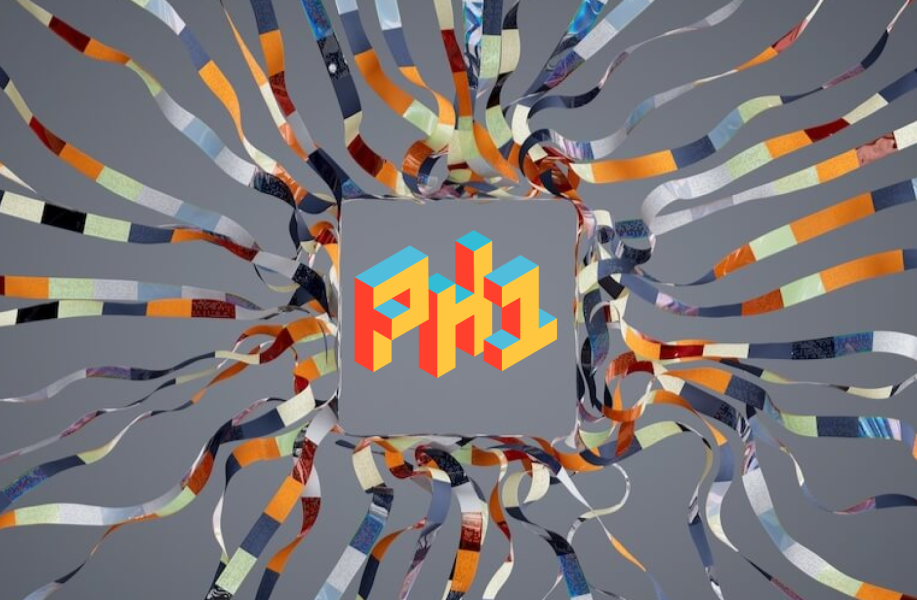
Tips & lessons
10 lessons about how to improve tech & your success as a researcher, designer, product manager
 Our Work
Our Work